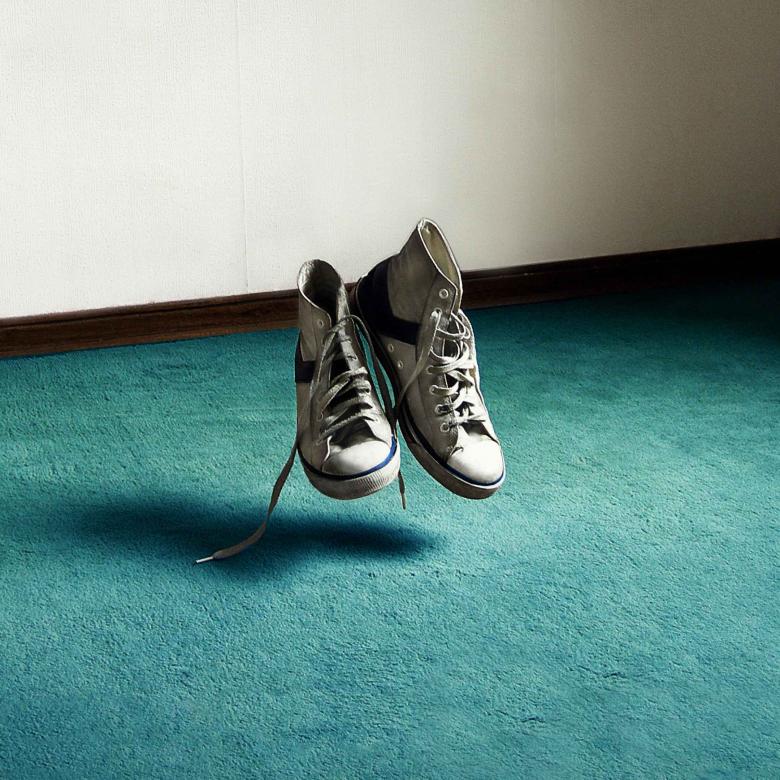‘After Life’: a review
What precious memory would you choose to live in for eternity? This is the question that opened Jack Thorne’s play After Life. The play is based on the Hirokazu Kore-eda’s 1998 film where the recently departed must pick one memory to take with them for eternity, which felt eerie in its timeliness. Thorne explores the interim between life and death and this is brought to life by visually exciting and refreshing staging and heartfelt characterisation.
Darkness grounds the play yet the way it uses death to throw life into context is celebratory. The ode to nostalgia and memory coupled with the socially distanced cast and mask-wearing audience acted as a manifestation of theatre in a global pandemic. I found the juxtaposition between the visual spectacle of the play and the appeal for personal introspection highly compelling. The play is set in the limbo between life and death where the recently deceased are processed. The bureaucracy of it all adds to the overall humour and good-natured feel.
The ode to nostalgia and memory coupled with the socially distanced cast and mask-wearing audience acted as a manifestation of theatre in a global pandemic
The audience becomes familiar with a group of strangers grappling with the various prominent moments in their lives in a waiting room between life and death. They are encouraged and guided by what are essentially other-worldly social workers who are dedicated to replicating these peoples’ most significant moments. The workplace banter and gimmicks dotted throughout balance out the ominous themes especially in the ways that the play serves to re-contextualise death in this era of collective grieving.
The play feels like an ode to theatre, which is timely in that it marks the return of live in-person productions. The guides parallel stage managers and theatre-makers and there is an emphasis on putting on the perfect show to recreate a memory. To honour this, the staging was playful, cohesive and smart. This included pausing on certain moments, such as spelling out the days of the week as with increasing creativity. However, the style felt a little half-hearted at times with a contrast between fairly naturalistic acting coupled with wackier physical embodiments.
This theatre experience felt like the perfect reintroduction to the stage with the audience being covertly socially distanced by on-theme filing cabinets, matching the staging
The play uses death to throw life into context. This theatre experience felt like the perfect reintroduction to the stage with the audience being covertly socially distanced by on-theme filing cabinets, matching the staging. The cast members also never touched which, was hardly noticeable and, in a way, created more visceral and poignant emotional moments. More morbidly, the themes of death and contemplation of life are a lonesome task and the sparsity of the audience that is created enhances the introspective and contemplative atmosphere.
As regards staging, the audience is faced with a bureaucratic wall of filing cabinets that evolve throughout to form different parts of the set and this assists the visual story telling. This induces an exciting, childlike wonder as to what is going to happen next.
However, once the rules have been explained, the show struggles to build in tension. The themes feel laid out rather directly with little room for further interpretation or nuance
The audience soon become acquainted with the characters and they are effective in drawing out the tender moments as they describe the fragile memories that the characters would like to keep. However, once the rules have been explained, the show struggles to build in tension. The themes feel laid out rather directly with little room for further interpretation or nuance.
The play has maintained its integrity as the medium of theatre; it was not trying to replicate a film and the most impactful moments were pure theatre. A standout quote from one of the guides is “we make the impossible happen here, don’t we?”, which feels fitting for such a visually exciting show and speaks to the curiosity and enthusiasm that is evoked throughout.

Comments